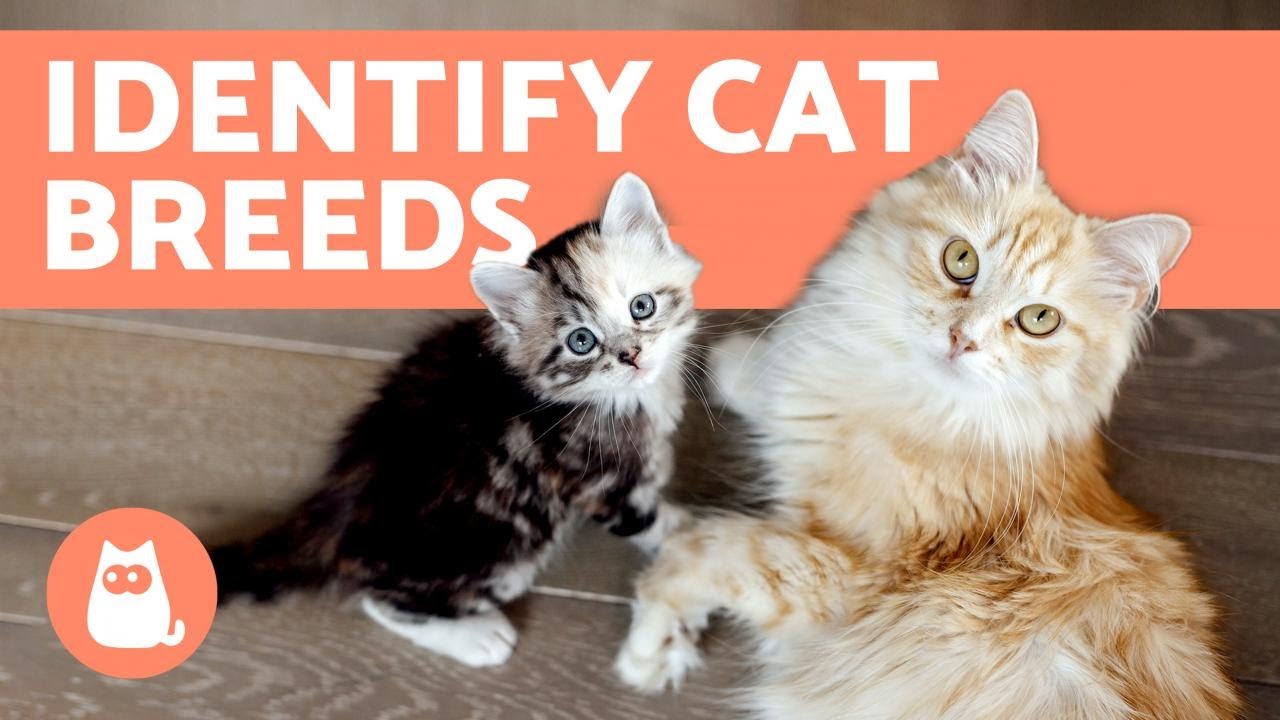How To Tell The Breed Of Your Cat
Unleash Your Creative Genius with MuseMind: Your AI-Powered Content Creation Copilot. Try now! 🚀
Self-confessed cat lovers will know that many cats which are adopted come from shelters. They may have been lost, maltreated, or simply abandoned. Adopting a cat in this way is a noble and loving act. If you have adopted a kitten, it may be difficult to distinguish their characteristics at such a young age. However, as they grow into adulthood or are adopted as adults, they will begin to assume the physical characteristics that they will have for the rest of their lives.
The Curiosity of Cat Lovers
Once your cat has assumed its adult physical characteristics, it is normal to want to know about the breed of the animal and what differences they have with other cats. To help satiate your curiosity, Animal Wise has prepared this video on how to identify your cat's breed. Before we dive into that, feel free to visit our page and subscribe for more information about everything cat-related.
Consulting the Experts: Speaking to Your Vet
Whether you've just adopted a cat or you're taking them for a regular checkup, speaking to your vet is always a good idea. They should be experts on different cat breeds and may discover some clues about the origin of your cat from their physical characteristics.
If you do not know what your cat's breed looks like, you can examine their features and physiognomy by looking at the following:
Examining Physical Characteristics
After looking closely at the physical characteristics of your feline, look for photos of cats similar to them in our galleries of breed images on the Animal Wise website. You may notice some specific traits that help you in your search.
Also take a look at the groups and breeds of cats established by the Fédération Internationale Féline (FIFe). We list these cats one by one so you can see which cat may best resemble your own.
Decoding Your Cat's Breed
The FIFe categorizes cats into different groups based on their physical characteristics:
Group One: Persian and Exotic Cats
This group includes cats with small ears and a dense coat. These cats can be medium or large in size.
Group Two: Semi-Long Coat Cats
Cats in this category may have larger or smaller ears depending on the breed. They may also be of large or medium size.
Group Three: Short and Fine Coats
Cats in this category have large ears and a strong musculature.

Related Recaps
- Inditex vende su negocio en Rusia a Daher Group, con sede en Emiratos Árabes
- Protesters speak out outside of the historic arraignment of former President Trump
- Episode 150 The Texas Chain Saw Massacre (1974) All-American Spookshow Podcast
- Start Here Podcast - March 7, 2023 | ABC News
- 'These were pro-Hamas letters...Let's be exact': Joe reacts to framing of Harvard student letter